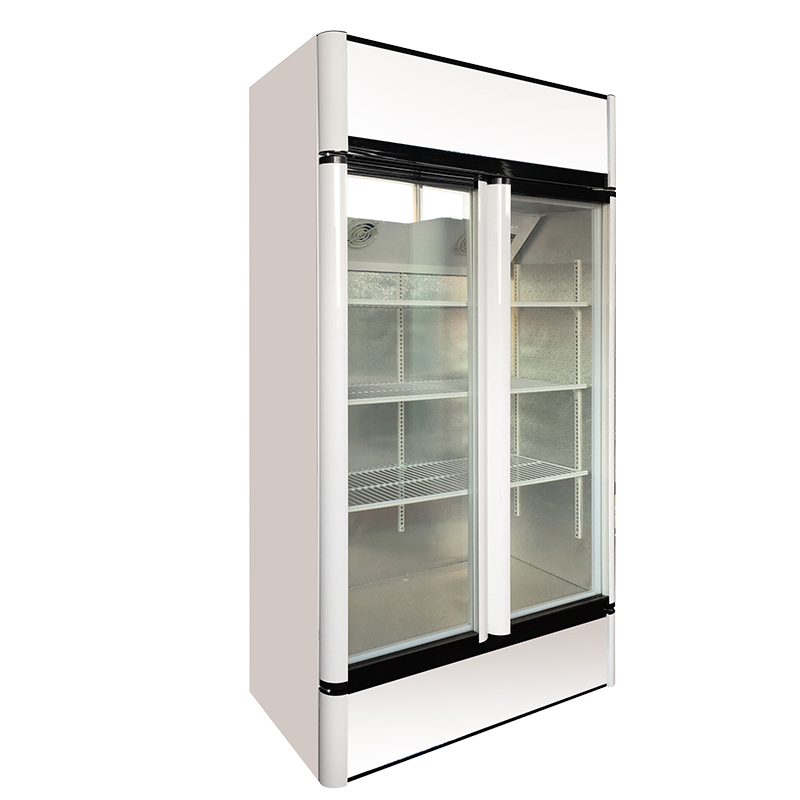Troubleshooting common issues with a household refrigerator can help identify and resolve problems before they escalate. Here are some steps to troubleshoot common refrigerator issues such as temperature fluctuations or unusual noises:
Temperature Fluctuations:
Check the thermostat settings: Ensure that the refrigerator and freezer temperature settings are set correctly according to the manufacturer's recommendations.
Verify door seals: Inspect the door seals (gaskets) for any damage or wear that could prevent a proper seal. Replace worn or damaged seals to maintain temperature consistency.
Clean condenser coils: Dust and debris on the condenser coils can impair cooling efficiency. Vacuum or brush the coils to remove dust and improve airflow.
Ensure proper ventilation: Make sure there is adequate space around the refrigerator for proper ventilation. Allow air to circulate freely around the appliance to maintain optimal cooling.
Unusual Noises:
Identify the source: Listen carefully to determine the source of the unusual noise. It could be coming from the compressor, evaporator fan, condenser fan, or other components.
Check for obstructions: Inspect the interior of the refrigerator and freezer compartments for any items that may be obstructing the fan blades or other moving parts. Remove any obstructions to eliminate the noise.
Level the refrigerator: Ensure that the refrigerator is level by adjusting the leveling legs or feet. A refrigerator that is not level may produce unusual noises due to vibrations.
Tighten loose components: Check for loose screws, bolts, or panels that could be causing vibrations or rattling noises. Tighten any loose components to secure them in place.
Ice or Frost Buildup:
Check door seals: Inspect the door seals for any gaps or damage that could allow warm air to enter the refrigerator, leading to frost or ice buildup. Replace worn or damaged seals as needed.
Test door closure: Ensure that the refrigerator doors close properly and are not left partially open. Poor door closure can contribute to moisture buildup and frost formation.
Defrost the refrigerator: If ice or frost buildup is excessive, manually defrost the refrigerator according to the manufacturer's instructions to remove the buildup and restore proper airflow.
Water Leakage:
Check drain tube: Inspect the drain tube located at the back of the refrigerator for any clogs or blockages. Clear any debris from the drain tube to allow proper drainage of defrost water.
Verify ice maker connections: If your refrigerator has an ice maker, check the water supply line and connections for leaks or damage. Tighten any loose connections or replace damaged components as needed.
Examine drip pan: Inspect the drip pan located underneath the refrigerator for cracks or damage that could cause water leakage. Replace the drip pan if necessary.
If troubleshooting these common issues does not resolve the problem, it may be necessary to contact a professional appliance repair technician for further diagnosis and repair.


 English
English عربى
عربى







